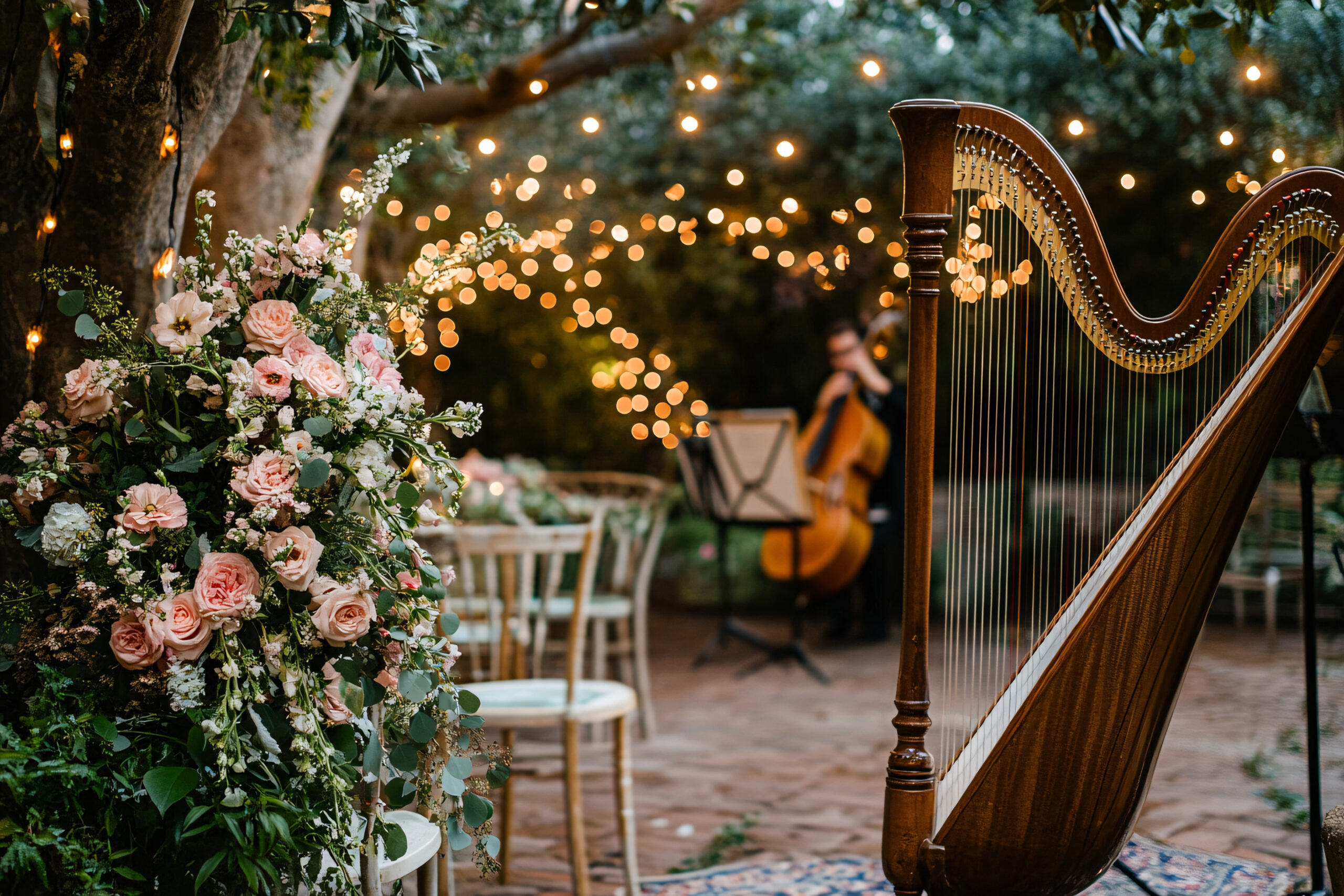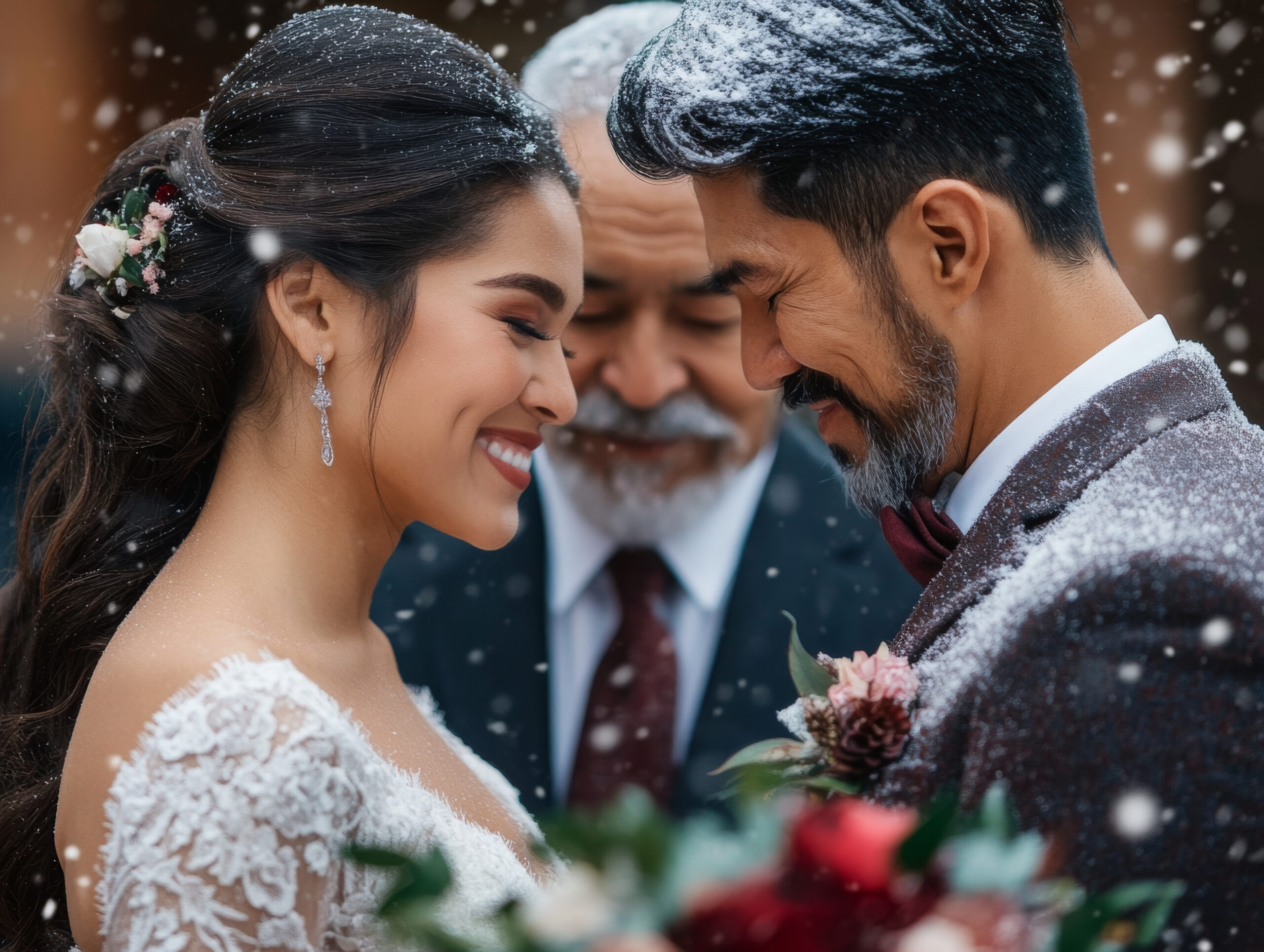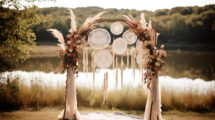Dear Nandini
As we plan our itinerary for the day, can you send us any advice or guidance on the traditional order of events for a Wedding Ceremony?
Dear ‘Traditional Ceremony’
Despite the fact that every ceremony is now beautifully personalized, you are not alone in wanting to follow what is a popular and time-honored, strangely theatrical sequence. Perhaps because it is proven to work, perhaps because it is just that, traditional and nostalgic. Grab a tissue, whisper your apologies to the officiant, and let’s run through the steps of this glorious, semi-structured sprint to the open bar…

The Warm-Up: The Processional, or “The Slow March of Anxiety”
The moment has come. The guests are seated (hopefully correctly), the music shifts from soothing acoustic guitar covers to something a little more dramatic, and the Processional begins.
The Officiant: This is the first person down the aisle. They are the gatekeeper, the narrator, and the only person who is legally allowed to make this whole thing official. Their job is to look calm, collected, and completely unbothered by the fact that they are the only thing standing between the guests and the promise of a cocktail hour charcuterie board.
The Entourage (Wedding Party): Now we have the main cast. They march, usually in pairs, attempting to look both elegant and completely natural while also remembering two crucial pieces of information: walk slowly and do not trip. They are the emotional bodyguards for the happy couple, and their walk serves as a very long trailer for the main event. Bonus points if the flower girl starts sprinting or the ring bearer suddenly realizes he should be driving a tiny remote-control car.
The Grand Entrance (The Walk of No Return): Finally. The music swells, the guests stand (hopefully), and the star of the show appears. This moment is a beautiful, deeply emotional tradition that is also a subtle test of the human ability to maintain composure while walking a perfectly straight line under extreme emotional pressure. The person giving away the bride (or partner) is now tasked with the most important stage direction: a dramatic, yet not too dramatic, transfer of hands before melting seamlessly into the front row. It’s harder than it looks.
The Body of the Ceremony: The Heartfelt Sprint
Everyone is in position. The collective sigh of relief is almost audible. Now the ceremony begins in earnest, typically following this flow:
The Welcome (The Officiant’s Stand-Up Set): The officiant’s first job is to welcome everyone and—crucially—tell the guests to sit down. This is followed by a lovely, personalized speech about the couple, often featuring one or two slightly embarrassing anecdotes about how they met or who stole whose last slice of pizza. This section has a very specific goal: be heartfelt, but for the love of all that is holy, be brief. The shortest ceremony is almost always the most beloved ceremony.
The Readings (The Intermission for Philosophy): This is the moment where two or three well-meaning people—usually chosen for their impeccable speaking voice or emotional proximity—read a chosen passage. The reading can be anything from a religious scripture to a surprisingly applicable poem about two garden slugs who fall in love. The challenge here is for the readers to get to the altar without a notes-page fumble and deliver the lines without choking up. (Spoiler alert: they almost always choke up, and it’s always perfect.)
The Declaration of Intent (The Official “I Do”): This is where we get down to brass tacks. The officiant asks a powerful, legally binding question that, in simplified form, translates to: “Are you sure you want to do this thing, like, forever?” The couple replies with the iconic, all-important phrase: “I do.” It’s a moment so brief, yet so monumental, that it’s almost anticlimactic—like turning on a light switch after a 12-month construction project.
The Vows (The Promise Thunderdome): The emotional climax. Whether they’re deeply personal, handwritten promises full of inside jokes and tearful memories, or traditional, ancient pledges, the vows are the core. This is the moment where the happy couple briefly becomes the sole focus of the universe, and the rest of us watch, marveling at the sheer effort of remembering three paragraphs while actively trying not to sob.

The Exchange of Rings (The Eternal Loop of Finance): The final sealing of the deal. The rings are produced, often by a nervous Best Man who has successfully kept track of them for four hours. The symbolism is beautiful: an unbroken circle of love. The reality? A few awkward seconds of fumbling, attempting to slide an expensive metal band over a slightly swollen finger in front of 150 witnesses. Once the rings are successfully on, they become a beautiful, daily reminder of two things: your love, and the jewelry insurance you really should have bought.
The Victory Lap: The Pronouncement & Recessional
The final steps are fast, furious, and highly anticipated.
The Pronouncement (The Golden Ticket): The officiant, with the authority granted to them by the province, the state, or possibly a quick course they took online, declares the couple officially married. Then comes the phrase everyone has been waiting for: “You may now kiss the…” The applause erupts, the tension breaks, and the newly married couple engages in The Kiss—the glorious, public punctuation mark at the end of their sacred agreement.
The Recessional (The Dash for Dinner): The music immediately snaps back to a triumphant, upbeat track (usually something that will make you tap your foot under the table). The newlyweds skip, dance, or power-walk back down the aisle, no longer two individuals, but a singular, officially bonded unit ready to face life together. This is where as planners we recommend photographers step in for portraits with family and the couple themselves while remaining guests starting with the cocktail hour.
And that, is the traditional order of the wedding ceremony. However, there is no hard and fast rule that things must be followed to a ‘T’ … change things around, give them your personal touch and emphasize what is most important to you. The best way to do this is to envision yourself on the day of all dressed up and waiting to make your entrance…how do things take place? Who is or isnt speaking? Is there an officiant? How much time do you want to spend on Readings (If any)… It is all upto you.
However you finally choose to go, make sure to get your wedding planner involved in the orchestration of your day to ensure the entire process is seamless for you (and your guests).
xoxo Nandini for TastersHUB Catering and Events
Loved you yesterday, love you still, always have, always will. Elaine Davis




